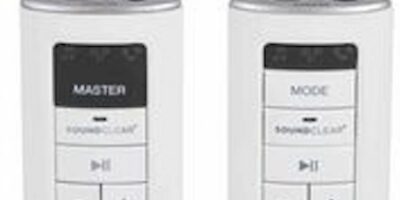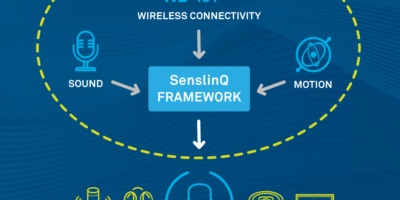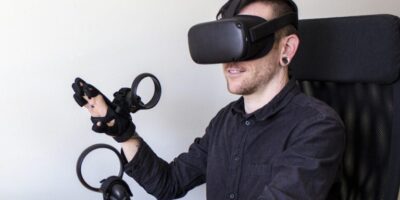This year, the Bluetooth Special Interest Group (SIG) will release the Bluetooth LE (Low Energy) Audio specification. To support this forthcoming specification, Nordic Semiconductor has partnered with Bluetooth LE stack developer, Packetcraft, to develop an LE Audio evaluation platform.
It demonstrates the benefits of LE Audio and is designed to support the new LE Audio specifications which promise lower power consumption than classic Bluetooth audio, significantly extending battery life, improved audio quality and enables the development of devices capable of both wireless data transfer and audio streaming. The technology also supports broadcast for audio sharing.
Nordic’s LE Audio comprises a hardware reference design based on its nRF52832 Bluetooth LE system on chip (SoC), Cirrus Logic’s CS47L35 smart codec with an integrated low power audio DSP, Packetcraft’s Bluetooth LE host stack and link layer supporting LE Audio and an LE Audio software development kit (SDK). The platform allows developers to start evaluating the technology for Bluetooth LE Audio wireless speakers, over-the-ear headphones and true wireless ear buds.
It is designed to operate in either source (for example, audio source, voice call headset source, and peer-to-peer call) or sink (audio playback, headset playback, and peer-to-peer call). A pair of devices (source and sink) is required to complete an LE Audio link. The LE Audio solution also features Cirrus Logic’s SoundClear for uplink noise reduction and echo cancellation, playback enhancement, voice control, and hearing augmentation.
An acoustic connector is incorporate that can accommodate up to six microphones or two speakers, a 3.5mm headset jack, a 3.5mm source jack, and a USB connector for charging, debug (using Nordic development tools), and acoustic tuning (using the Cirrus Logic WISCE platform). When wirelessly streaming audio from a source device to wireless (sink) earbuds, the LE Audio evaluation platform extends battery life by around 40 per cent compared to contemporary off-the-shelf classic Bluetooth solutions, claims Nordic Semiconductor.







